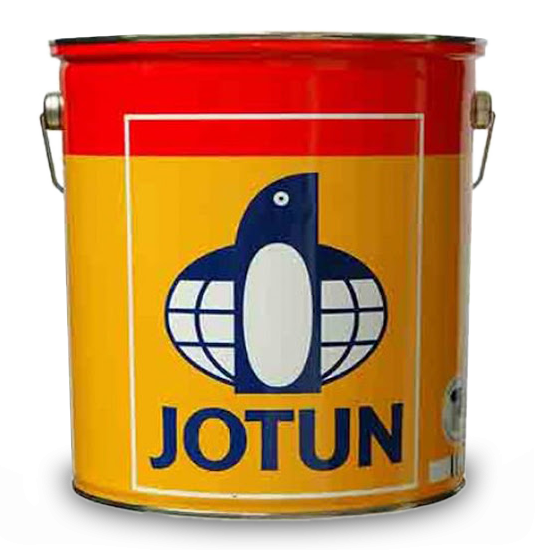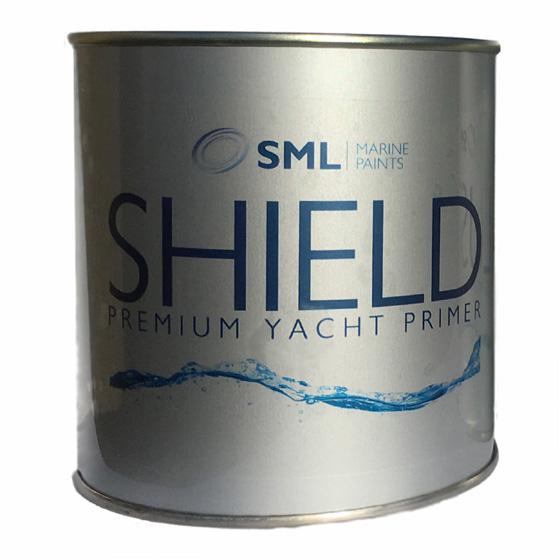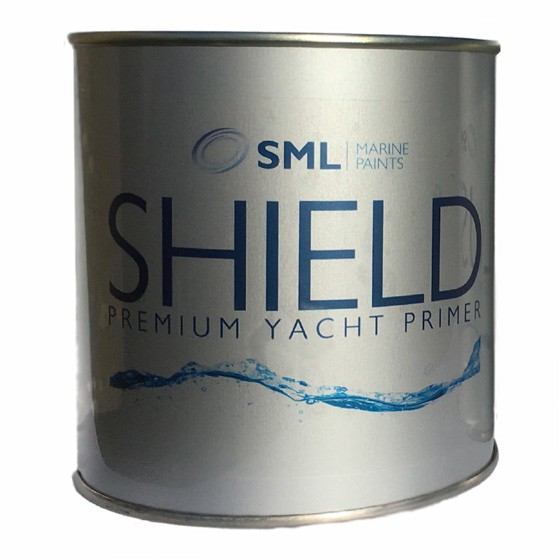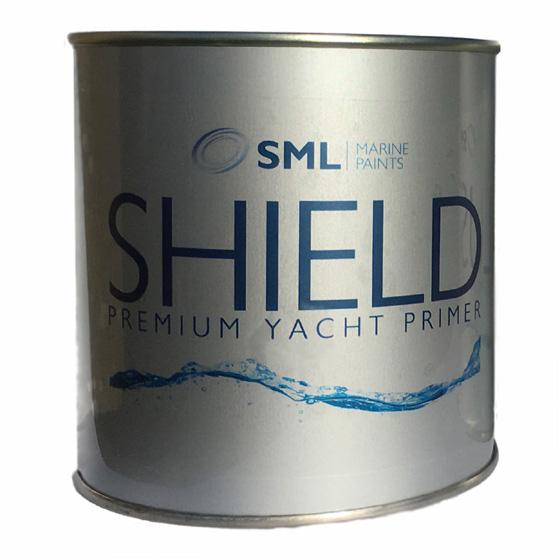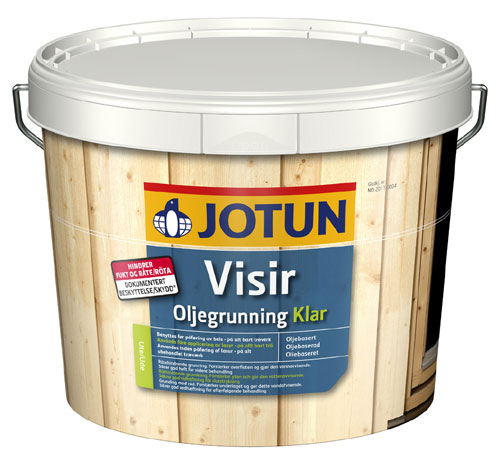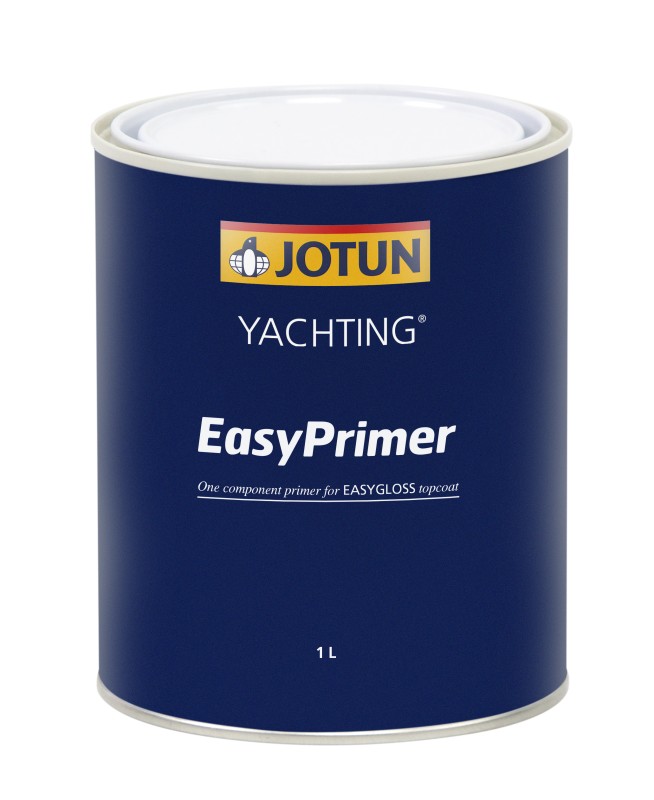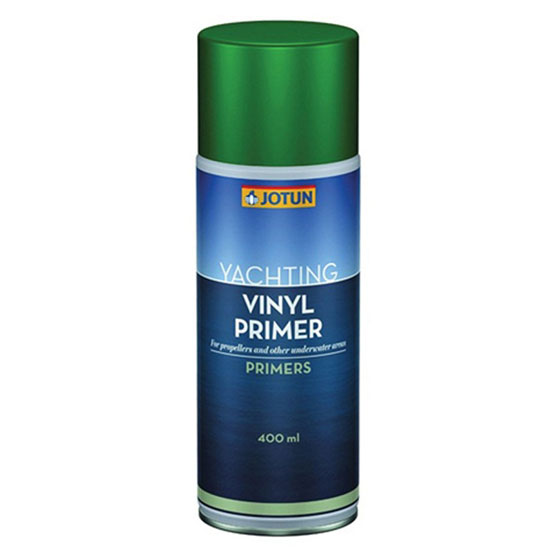Single Pack Primer Frequently Asked Questions (FAQ's)
The FAQ's below are for general guidance only. For specific questions, please refer to the application guides on our product pages, or give us call and we will answer any questions that you have.
Q. Can I apply a primer over an existing paint layer?
A. Yes, but proper surface preparation, including cleaning and sanding, is essential to ensure good adhesion and prevent peeling.
Q. Do all surfaces need a primer before painting?
A. Not necessarily, but bare, porous, or glossy surfaces typically require a primer to achieve good adhesion and durability.
Q. How long should I wait before applying a topcoat?
A. Drying times vary, but most primers require at least a few hours to 24 hours before recoating. Always check the manufacturers application guide.
Q. What happens if I apply a topcoat too soon?
A. Applying a topcoat before the primer has fully dried can result in poor adhesion, blistering, or solvent entrapment, leading to coating failure.
Q. Can I use the same primer for different substrates?
A. Some multi-purpose primers work across multiple materials, but specialised primers are recommended for optimal adhesion and performance. Refer to the manufacturer’s Application Guide to check compatibility with the substrate.
Q. How do I know if a primer is compatible with my topcoat?
A. Check the manufacturer’s guidelines. Incompatible coatings may lead to poor adhesion, wrinkling, or peeling.
Q. Why is my primer peeling?
A. Common causes include poor surface preparation, incorrect primer choice, contamination, or applying a topcoat before the primer has fully dried.
Q. Do I need to sand between coats of primer?
A. Light sanding may be required between coats or before applying the topcoat to ensure a smooth finish and better adhesion. Check the Application Guide for the paint you are using for maximum overcoating intervals without further preparation.
Q. How many coats of primer should I apply?
A. Most applications require at least two coats, but highly porous or stained surfaces may need additional coats. Generally speaking a thicker primer coating increases durability.
Q. Can I spray apply a primer, or does it have to be brushed/rolled?
A. All primers can be spray-applied for a smoother finish. Brushing is good though for a first coat as it enables you to work the paint into the surface. It’s particularly good to brush pitted areas of steel.

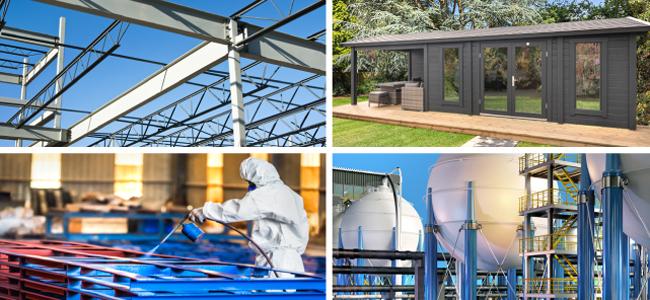
 Loading Products...
Loading Products...
